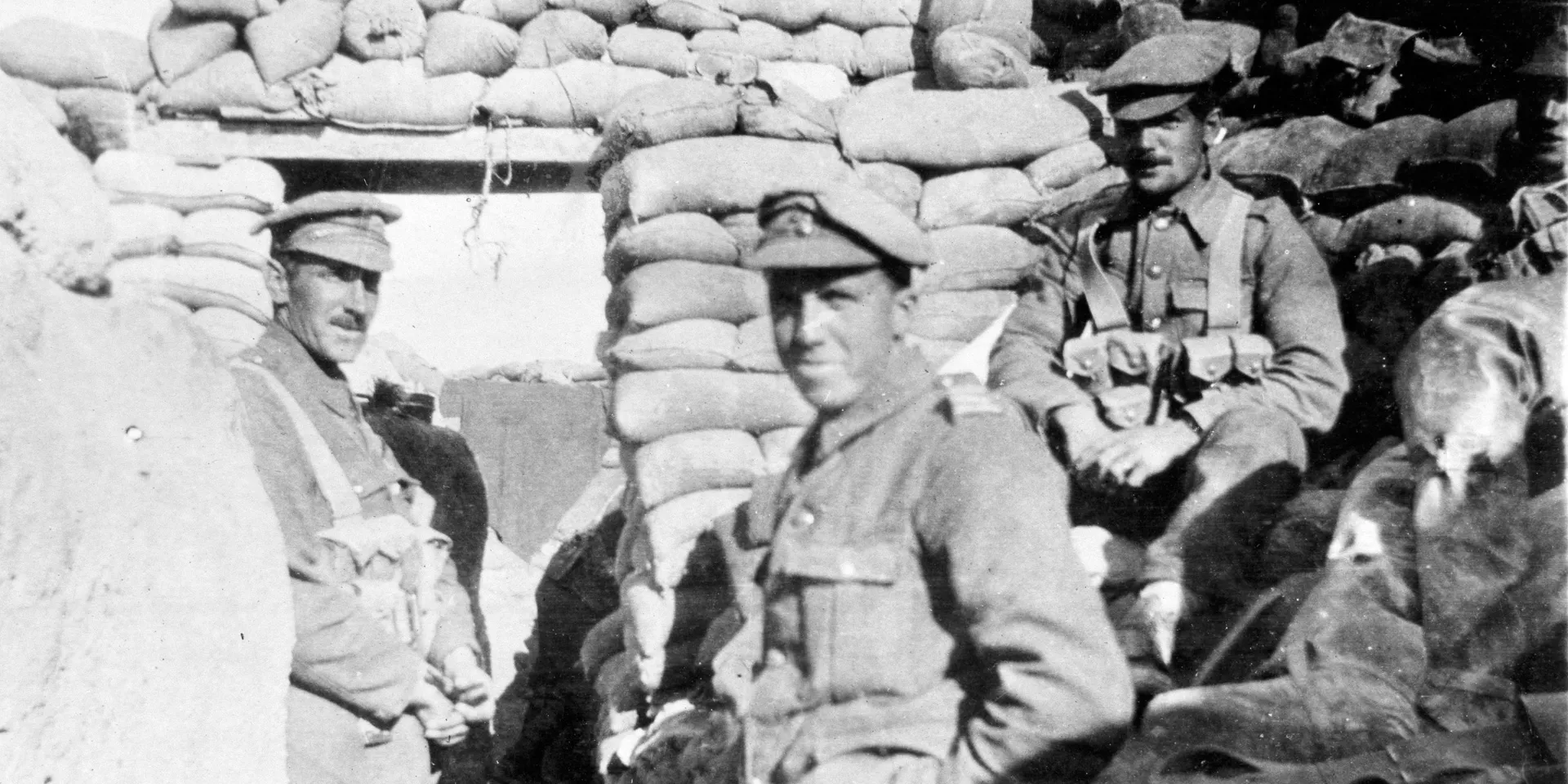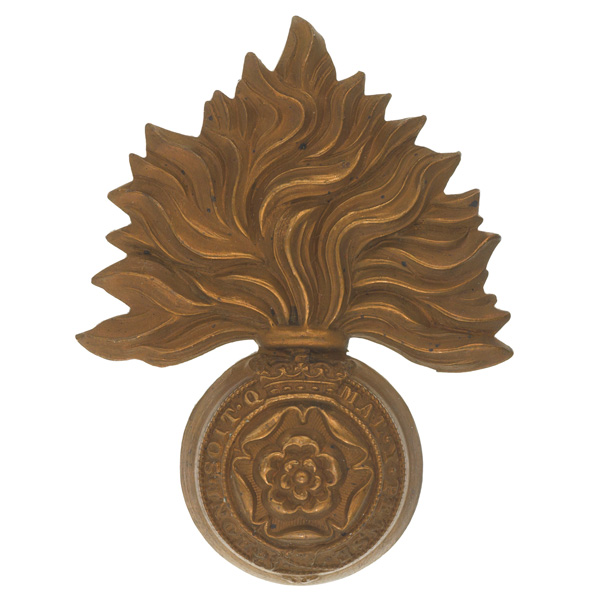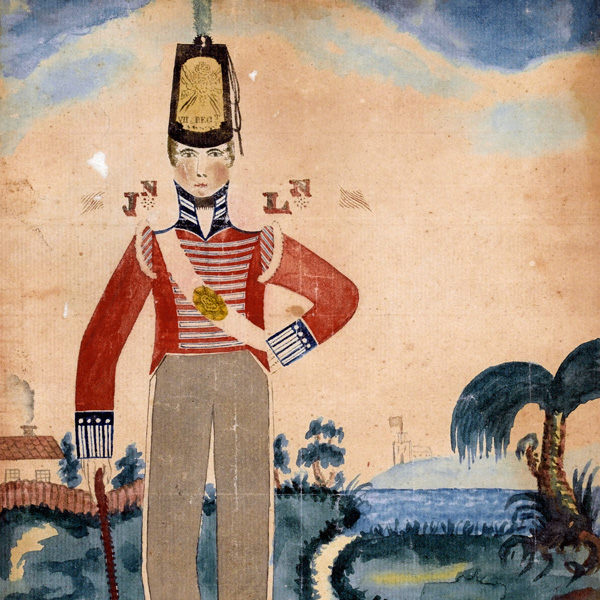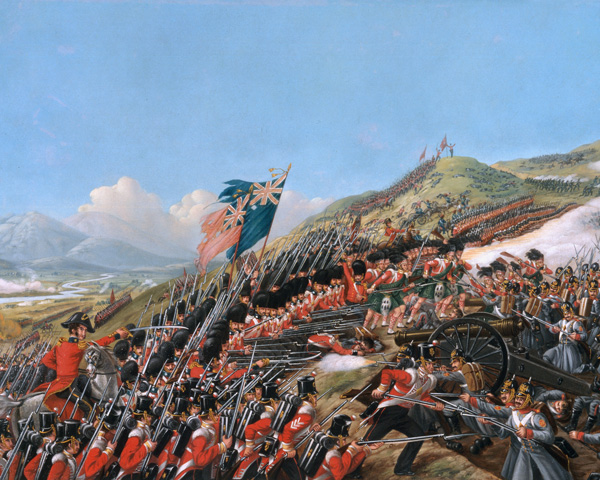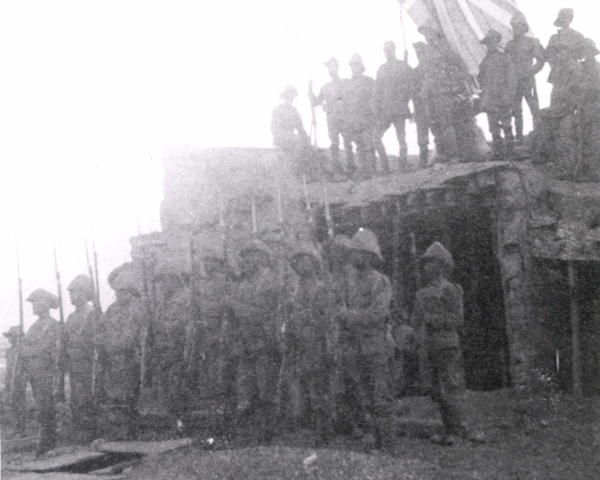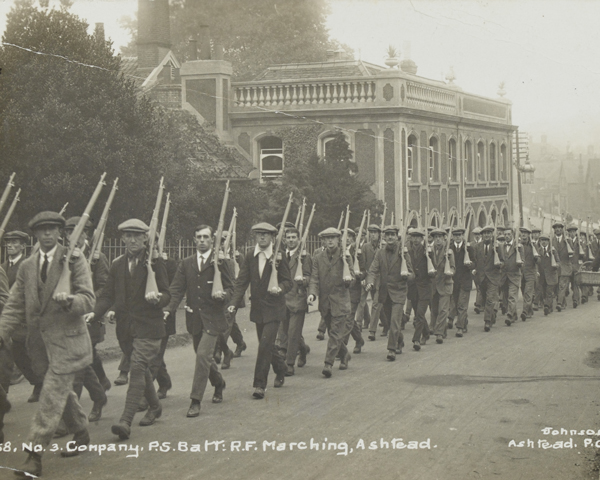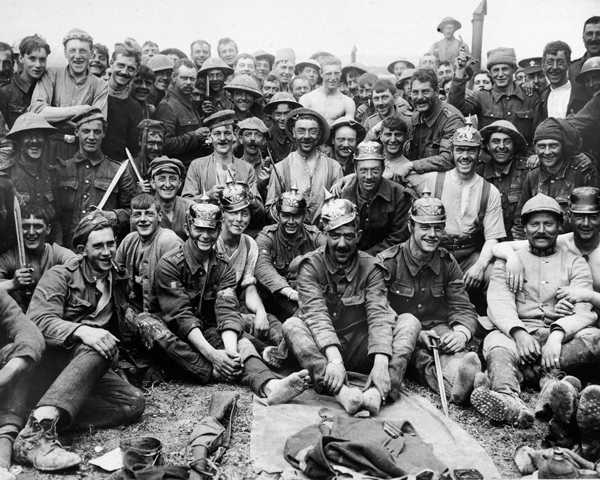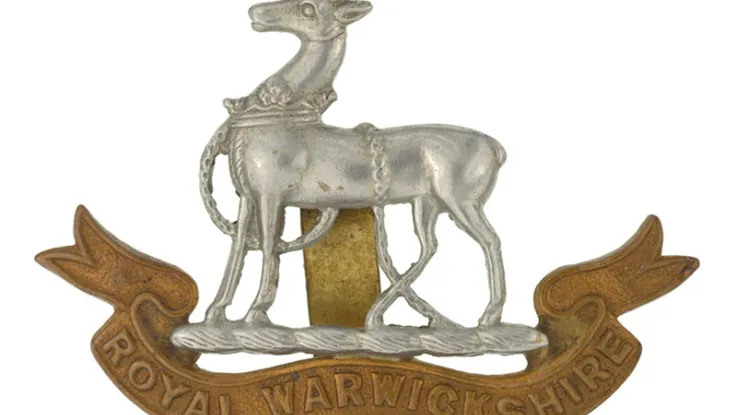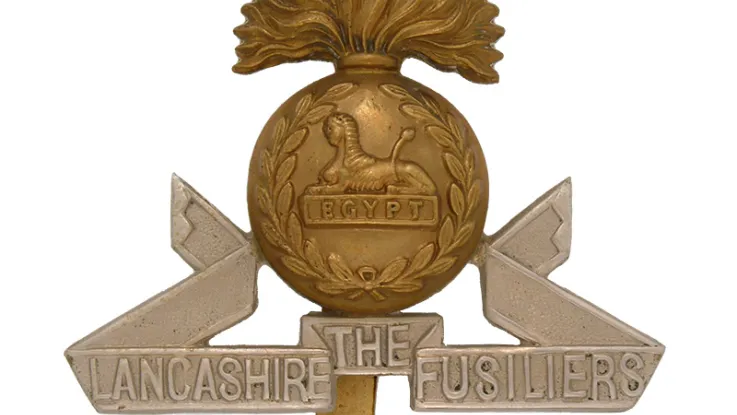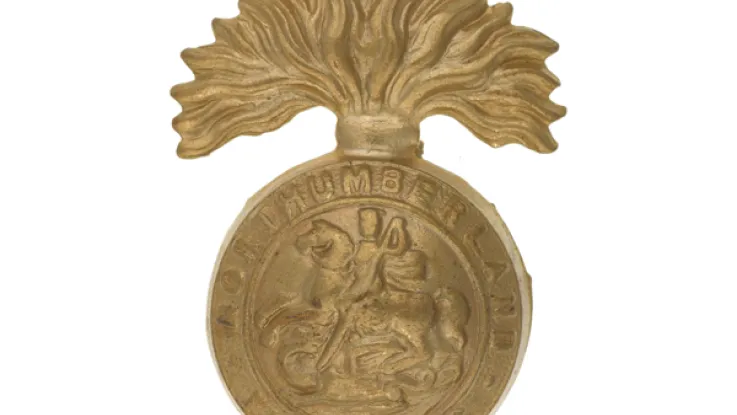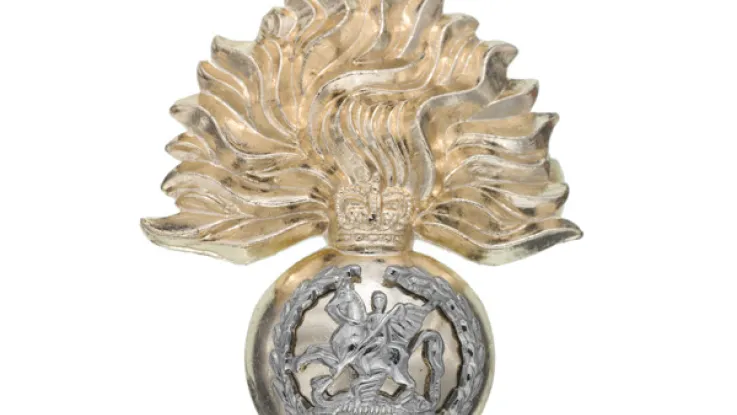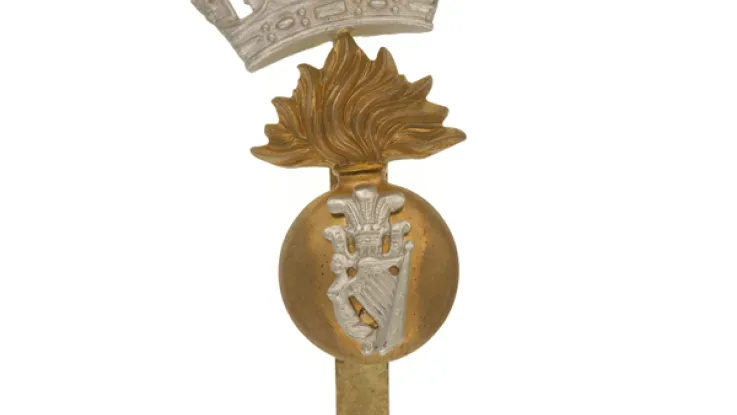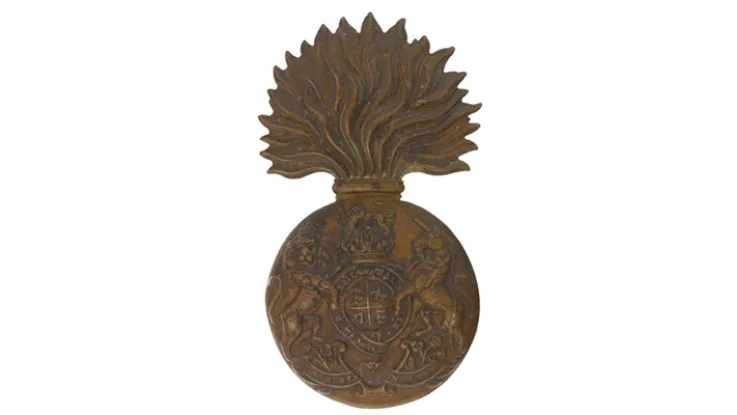Origins
In June 1685, less than a month after the defeat of the Monmouth Rebellion, the regiment was formed from two companies of Guards at the Tower of London. Its original name was the Ordnance Regiment and it was tasked with escorting the Train of Artillery, the ancestor of the Royal Artillery.
King James II also called it ‘Our Royal Regiment of Fusiliers’, making it the first ever regiment with the ‘Royal’ title. In 1747, it was made a line infantry regiment with the numeral seven.
Early years
Its first overseas deployments were to the Low Countries in 1689 and Spain in the 1700s. In 1713, it began 60 years rotating between England, Ireland and the Mediterranean, including two long spells with the Gibraltar garrison.
The regiment moved to Canada in 1773 but had to surrender to American revolutionaries two years later during the War of Independence (1775-83). Re-formed in New York in 1776 via prisoner exchanges, it fought for the rest of the conflict, but lost its colours at Cowpens in 1782.
Its early 19th-century postings included Copenhagen and the West Indies. A second battalion was formed in 1804 and served alongside 1st Battalion in the Peninsular War from 1809 to 1811. Both fought at Albuera (1811). The 1st Battalion also served in North America, fighting in the New Orleans campaign of the War of 1812 (1812-15).
Victorian campaigns
After garrison duties in England, Ireland, the Mediterranean, the West Indies and Canada, 1st Battalion served in the Crimean War (1854-56), the Indian Mutiny (1857-59) and on the North-West Frontier of India in the 1860s.
The 1850s also saw the re-formation of the 2nd Battalion, which was then used against the Fenian raids into Canada in 1866, in the Second Afghan War (1878-80) and the Boer War (1899-1902).
The unit became the city regiment for London in the 1881 Army reorganisation. It also sent four companies to Tibet in 1904.
World Wars
By the outbreak of the First World War (1914-18) the regiment already had four regular battalions, but raised 43 more reserve, service, labour and garrison battalions. These served in Africa, the Middle East, Macedonia, Gallipoli and the Russian Civil War as well as on the Western Front. 3rd and 4th Battalions were disbanded in 1922 and the remaining two regular battalions served in England, Germany and India during the inter-war period.
1st Battalion was converted into a machine-gun battalion in 1937. During the Second World War (1939-45) fought in Abyssinia and Syria, where it was captured by the Vichy French in June 1941. It re-formed in Palestine later that month and went on to fight in Iraq and Italy, with 2nd Battalion joining it in the latter theatre in 1944.
The 2nd Battalion had earlier served in France and Belgium with the British Expeditionary Force, taking part in several defensive actions during the retreat to Dunkirk, including the Battle of the Ypres Comine Canal (1940).
Quiz
In what year was The Royal Fusiliers officially granted its fusilier title?
Since its inception in 1685, the regiment had been armed with light flintlock fusils, rather than the heavier matchlock muskets used by the rest of the infantry. This made it the only English fusilier regiment to fight with fusils. Other regiments were granted the name purely as an honorary title.
Post-war
Like all other infantry regiments, it was reduced to one battalion in 1947. It then went on to serve in the Korean War (1950-53), Sudan, Kenya and Germany.
Legacy
In 1968, the regiment was amalgamated with The Royal Northumberland Fusiliers, The Royal Warwickshire Fusiliers and The Lancashire Fusiliers to form The Royal Regiment of Fusiliers.
Regimental museums
The National Army Museum works with a network of Regimental and Corps Museums across the UK to help preserve and share the history and traditions of the Army and its soldiers.
Discover more about The Royal Fusiliers (City of London Regiment) by visiting The Fusilier Museum at the Tower of London.

